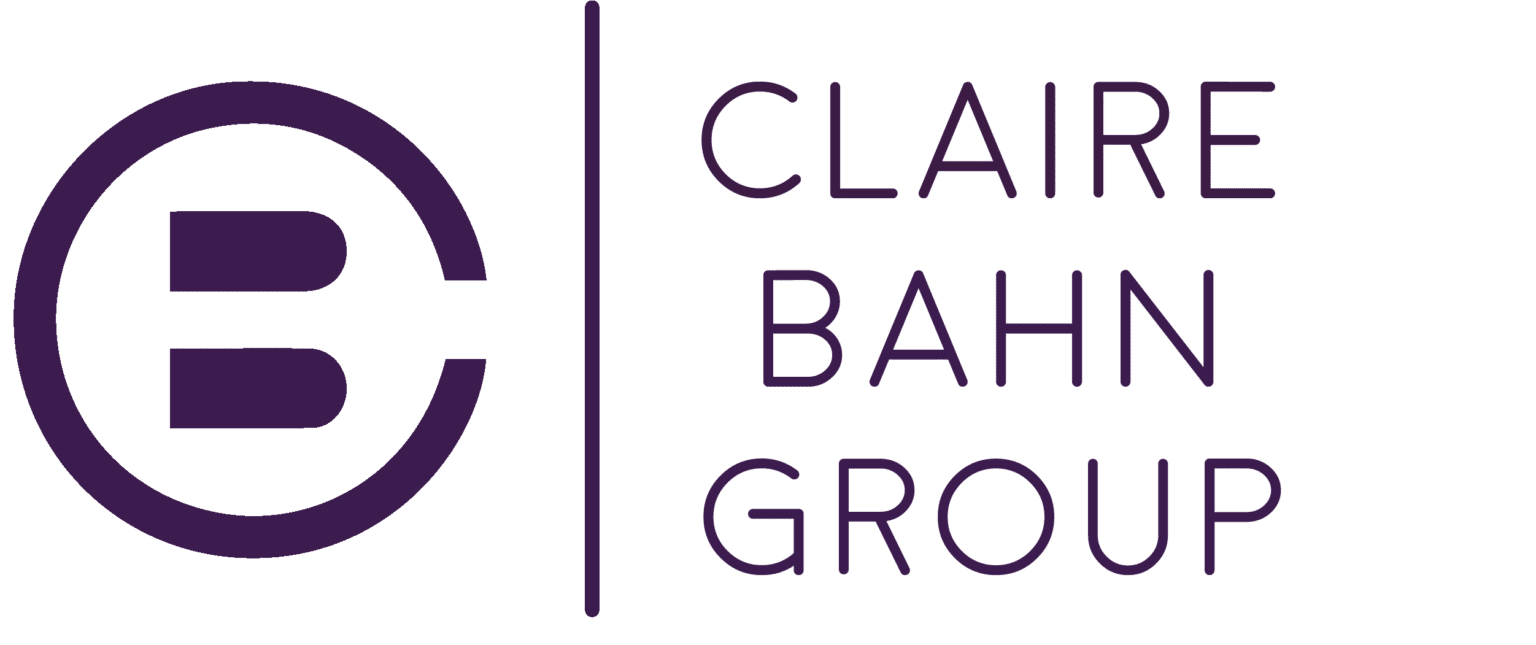What role does your personal story play in executive branding? How can executive branding help you build influence beyond the boardroom? Are you intentionally shaping your executive branding—or letting others define it for you?
In today’s visibility-driven business world, executive branding is no longer optional—it’s essential. This blog unpacks why your personal brand story is the beating heart of executive branding and how it can transform you from just another leader into a memorable, trusted, and influential voice in your industry. From building emotional connections to reinforcing company culture, your story is the engine that powers reputation and reach.
The article also explores the key differences between personal branding and CEO branding, the core pillars of brand building, and actionable strategies to align your leadership identity with your business goals. Whether you’re an emerging executive or an established leader, this deep dive into executive branding shows you how to lead with intention, authenticity, and lasting impact.
Let me tell you something that took me a while to realize: my story mattered.
No, I’m not talking about the company’s founding date or the year we hit seven figures in revenue. I’m talking about my personal journey: the experiences, values, and moments that shaped me as a leader. That story, my brand story, is the single most powerful tool I’ve used to build trust, open doors, and grow influence.
Why does this matter?
Because in today’s business landscape, the most successful executives are no longer hidden behind corporate walls. They are front-facing, story-driven, and deeply human. That’s where executive branding comes into play.
A compelling personal branding strategy is the foundation for building trust, shaping perception, and accelerating influence. But the core of it? Your brand story.
It’s not just about being visible—it’s about being memorable and meaningful. That’s what executive branding is all about.
So if you’re an executive, entrepreneur, or leader wondering how to stand out, connect, and leave a legacy, it starts right here. Let’s break down what makes executive branding so critical—and how your story becomes the engine that drives it all forward.
Table of Contents:
Why Executive Branding Matters
CEO Branding vs. Personal Branding
What Is a CEO Branding Strategy?
Core Elements of Brand Building
What Are the Pillars of Brand Building?
What Is the Foundation of Brand Building?
Conclusion: Bringing It All Together
Why Executive Branding Matters
These days, having “CEO” in your title doesn’t automatically make you influential or respected. People want more. They want to know what you believe, why you lead the way you do, and where you’re going. You need more than credentials—you need connection.
That’s why I intentionally built my personal brand—not just to get attention. I wanted to create alignment between who I am as a leader and the impact I want to make. That’s executive branding in action: intentionally shaping your reputation so people understand not just what you do but why you do it—and why it matters.
What is an Executive Brand?
Your executive brand is your leadership identity in the public arena. It reflects how you think, speak, and lead. Your values, your voice, and your vision shape it. And trust me—if you don’t define it, others will do it for you, whether you like it or not.
I’ve seen firsthand how this concept plays out in the real world. When my personal brand began to mature, I noticed that my leadership style wasn’t just confined to internal meetings—it began to influence how people perceived our organizational culture, how our strategic goals were interpreted, and how our success was framed.
It also played a major role in attracting and retaining top talent. The alignment between my personal reputation and the company’s values made the business feel more human and purpose-driven. So, in many ways, my brand didn’t just reflect me—it became a vehicle for shaping the entire company’s public identity and internal culture.
Your executive brand acts as a bridge between your leadership and the outside world. If that bridge is unstable—or worse, invisible—you’re limiting your reach.
CEO Branding vs. Personal Branding
Let’s clear up a common confusion: What is the difference between CEO branding and personal branding?
The terms are closely related, but they aren’t interchangeable.
Personal branding is broader and applies to anyone. It focuses on your identity as an individual—your values, passions, lifestyle, and personality. It’s about how you show up in the world, what you care about, and how you connect with others on a human level.
CEO branding, on the other hand, is a more strategic extension of personal branding. It’s specifically designed for leaders whose personal reputation is tightly linked to the success and perception of their company. Why is this important? A Weber Shandwick study found that 49% of a company’s reputation was attributed to the CEO’s reputation.
While personal branding speaks to a broader audience (i.e., fans, followers, and peers), CEO branding is shaped to key stakeholders like investors, board members, employees, and the media. The tone is more authoritative, the messaging is more aligned with business objectives, and the goal is to reinforce leadership credibility while reflecting the values and mission of the company.
In other words, personal branding is about connection, while CEO branding is about credibility and influence at the highest levels.
What Is a CEO Branding Strategy?
When I began intentionally building my CEO brand, I realized I needed more than just a few good LinkedIn posts. I needed structure.
A CEO branding strategy is exactly that—a structure that outlines how to present your values, brand voice, and vision with intention, across every platform and interaction. Here are five key components to keep in mind when developing your strategy:
- Positioning Statement: Who are you, and why do you matter? This is your elevator pitch, rooted in your unique point of view as a leader.
- Consistency Across Platforms: Your tone and presence should feel cohesive across all touchpoints, including LinkedIn, speaking engagements, podcasts, and board meetings.
- Thought Leadership Content Strategy: Think blog posts, LinkedIn articles, podcast interviews, and op-eds. Sharing insights elevates your credibility and shapes industry conversations.
- Reputation and Credibility Management: Media training, public relations, and executive coaching aren’t just perks; they’re essential tools for brand alignment and damage control.
- Alignment with the Company Brand: The strongest CEO brands reinforce the company’s brand story. When you speak, people should immediately feel the heartbeat of your business.
Done right, your CEO brand becomes a strategic asset, amplifying your company’s value while growing your personal influence.
Core Elements of Brand Building
Whether you’re a startup founder or a Fortune 500 exec, brand building is never random. As I refined my executive brand, I realized that all successful personal and CEO brands rest on five key pillars. Each one plays a unique role in reinforcing trust and influence.
What Are the Pillars of Brand Building?
1. Authenticity
Authenticity was my starting point. I had to get comfortable with showing up as myself, not as some idealized version of what I thought a CEO should sound like. I stopped using generic language and started talking about what truly moved me: people, purpose, and leadership with empathy. I stopped hiding behind polished titles and started sharing personal insights and lessons I learned the hard way. That vulnerability created a kind of connection no resume ever could.
Pro Tip: Don’t fake “leadership.” Your audience will sniff it out immediately. Take 30 minutes to write down three personal stories that shaped who you are as a leader, such as failures, turning points, or moments of clarity. Use one of those stories in your next LinkedIn post, podcast, or public speaking engagement. Don’t sanitize it—share what you felt, what you learned, and how it changed you. The more real you are, the more relatable you become.
2. Clarity
Make sure your brand story leaves no room for confusion. I quickly realized that if people didn’t know what I stood for, they’d make assumptions—and not always in my favor. I made the conscious choice to define my values and communicate them clearly. I talked openly about my leadership style, my vision for the future, and the kind of culture I wanted to build—no fluff, no jargon, just clarity.
Pro Tip: Choose five words or short phrases that define what you stand for as a leader (e.g., “people-first leadership,” “scaling culture,” “radical transparency”). Use these as filters for all your messaging—if a piece of content, introduction, or bio doesn’t reflect one or more of them, rewrite it. This helps eliminate ambiguity and ensures your audience always knows what you’re about.
3. Consistency
Consistency was non-negotiable. I ensured that every touchpoint—from social media to conference keynotes—communicated the same themes. It wasn’t about being repetitive; it was about being reliable. That reliability helped build trust over time, and eventually, recognition.
Pro Tip: Audit your brand presence across every major touchpoint—LinkedIn profile, social bios, keynote intros, website bio, and recent interviews. Create a simple checklist of your core themes and values, then review each platform to see if they’re reflected consistently. Wherever you find gaps or off-brand messaging, update them to align with your current brand story. This one-hour exercise can drastically improve brand clarity and boost credibility.
4. Credibility
Credibility was—and is—vital. I had to back up what I said with real-world results. I didn’t just talk about impact, I showed it. Through media coverage, case studies, and testimonials, I presented tangible proof that my values translated into action. I made sure that people knew I wasn’t just a voice; I was a builder, a strategist, and a leader who had walked the walk.
Why is this so important? A study by Brunswick Group found that 88% of investors reference an executive’s digital presence to make recommendations or decisions, and 91% decide whether to invest after sourcing digital media.
Pro Tip: Show your receipts. Create a “credibility stack” document—a running list of your key accomplishments, media features, case studies, client wins, board roles, and speaking engagements. Make sure at least three of these appear prominently across your website, LinkedIn profile, and speaker bio. Then, look for ways to weave these into your storytelling to back up your authority with real proof.
5. Relevance
Leadership evolves, and so should your narrative. I made a habit of tying my messaging to cultural moments, industry shifts, and timely conversations. By staying in tune with the world around me, I kept my content fresh and impactful. Relevance helped me stay visible and positioned me as someone who leads in real time.
Pro Tip: Set a recurring 15-minute calendar reminder once a week to scan headlines in your industry or on LinkedIn. Ask yourself: “What do I have to say about this?” Then turn that thought into a short-form post, comment, or article. Regularly reacting to current events not only keeps your brand fresh, but it also positions you as a leader with a point of view that matters right now.
What Is the Foundation of Brand Building?
Before I ever posted my first thought leadership piece or accepted my first speaking invitation, I had to do some serious self-work. Building a brand that actually sticks starts with internal clarity. Here’s how I built the foundation:
1. Self-Awareness
This was the soul-searching part. I spent time reflecting on what I really value—beyond profit and status. What impact did I want to make in the world? What leadership strengths came naturally to me? And what kind of legacy did I want to leave? These weren’t easy questions, but they were necessary. Without this self-awareness, everything else would have felt hollow or performative.
Pro Tip: Block 60 minutes this week to complete a “brand clarity journal.” Start by answering these four prompts:
- What are my top 3 core values?
- What legacy do I want to leave?
- What do people consistently come to me for?
- What impact am I uniquely positioned to make?
Write freely—this isn’t for public eyes. Once complete, highlight themes that show up more than once. Those are your brand’s foundational truths. Revisit them quarterly to check alignment as you grow.
2. Audience Insight
Once I knew who I was, I had to get clear on who I was speaking to. I wasn’t creating content just for the sake of visibility. I was speaking to aspiring leaders who needed guidance and peers looking for perspective. Knowing who I was serving helped me shape messages that actually landed.
Pro Tip: Create a quick audience map. List your top three audience segments (e.g., “emerging leaders,” “investors,” “industry peers”) and under each, write down:
- What do they care about most?
- What challenges are they trying to solve?
- What tone or format do they prefer (inspirational, analytical, direct)?
Use this map to tailor your messaging. Before your next post, ask yourself: “Who is this for, and does it speak directly to them?” The sharper your audience awareness, the more resonance your content will have.
3. Core Messaging
I condensed my brand voice down into three core themes: purpose-driven leadership, people-first growth, and scaling culture. These themes anchored every story I told, article I wrote, and keynote I gave. They became my signature. People began to recognize me, not just by name but by message.
Pro Tip: Choose 3–5 brand pillars representing your key leadership themes (e.g., transparency, culture, innovation, resilience). Then write 1–2 short stories or insights that support each one. These become your go-to content foundation. Rotate through them when planning LinkedIn posts, talks, or interviews to stay consistent while keeping your content fresh and mission-aligned.
4. Visual and Verbal Identity
Finally, I worked on how I looked and sounded. I invested in new headshots aligned with how I wanted to be perceived. I refined the way I spoke in public and online, making sure my words reflected both who I was and what I stood for. This visual storytelling was a way to make sure my digital presence matched the tone of my leadership—bold, clear, and people-centered.
Pro Tip: Conduct a mini brand audit by reviewing your LinkedIn profile, speaker bios, headshots, and public content side-by-side. Ask:
- Do my visuals match the tone of my leadership?
- Does my language sound like me, or like a generic corporate voice?
- Are my colors, fonts, or visuals consistent across platforms?
If you answered “no” to any of these questions, update one platform this week to better reflect your leadership voice. Then create a brand style guide—even a simple one-page reference—to keep everything aligned as you scale your visibility.
Your Story Is the Engine
The turning point in my brand journey came when I stopped focusing on accomplishments and started focusing on narratives. The truth is, numbers impress—but stories connect.
I started telling people about my early failures, what it felt like to walk away from “safe” career paths, and what I learned from them. Those stories didn’t just humanize me. They moved people to act, to trust, to believe.
I saw employees speak up in meetings because they felt empowered by my transparency. I received DMs from strangers who said my words gave them clarity or courage.
That’s the power of a well-told brand story. It becomes the emotional glue that ties your leadership to your audience’s hopes, fears, and dreams.
Conclusion: Bringing It All Together
If there’s one thing I’ve learned, it’s this: your executive brand doesn’t form by accident. It is formed by intention.
You don’t need to be loud. You don’t need to have all the answers. But you do need to show up—consistently, authentically, and with a clear story that reflects who you are and where you’re headed.
Executive branding isn’t a vanity project. It’s a strategic leadership asset. It’s not about being everywhere—it’s about being known for something that matters.
So, if you’re a CEO or executive wondering how to increase your influence, attract aligned opportunities, and shape the future of your industry, don’t just look outward—start by telling your story intentionally, authentically, and strategically. Because the right story, told well, is your most valuable leadership asset.
Are you ready to build your executive brand? Sign up for a strategy call today and let’s create your brand—on purpose.


